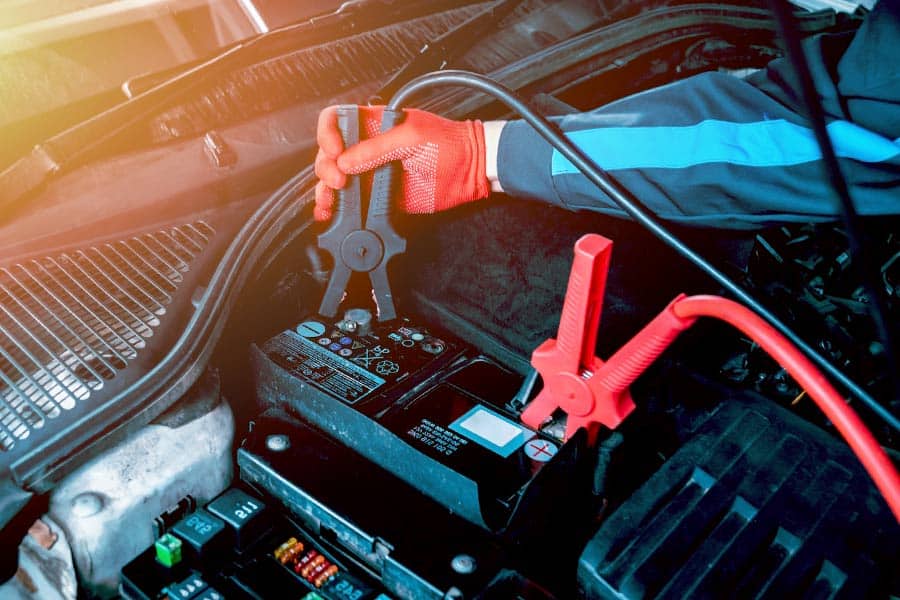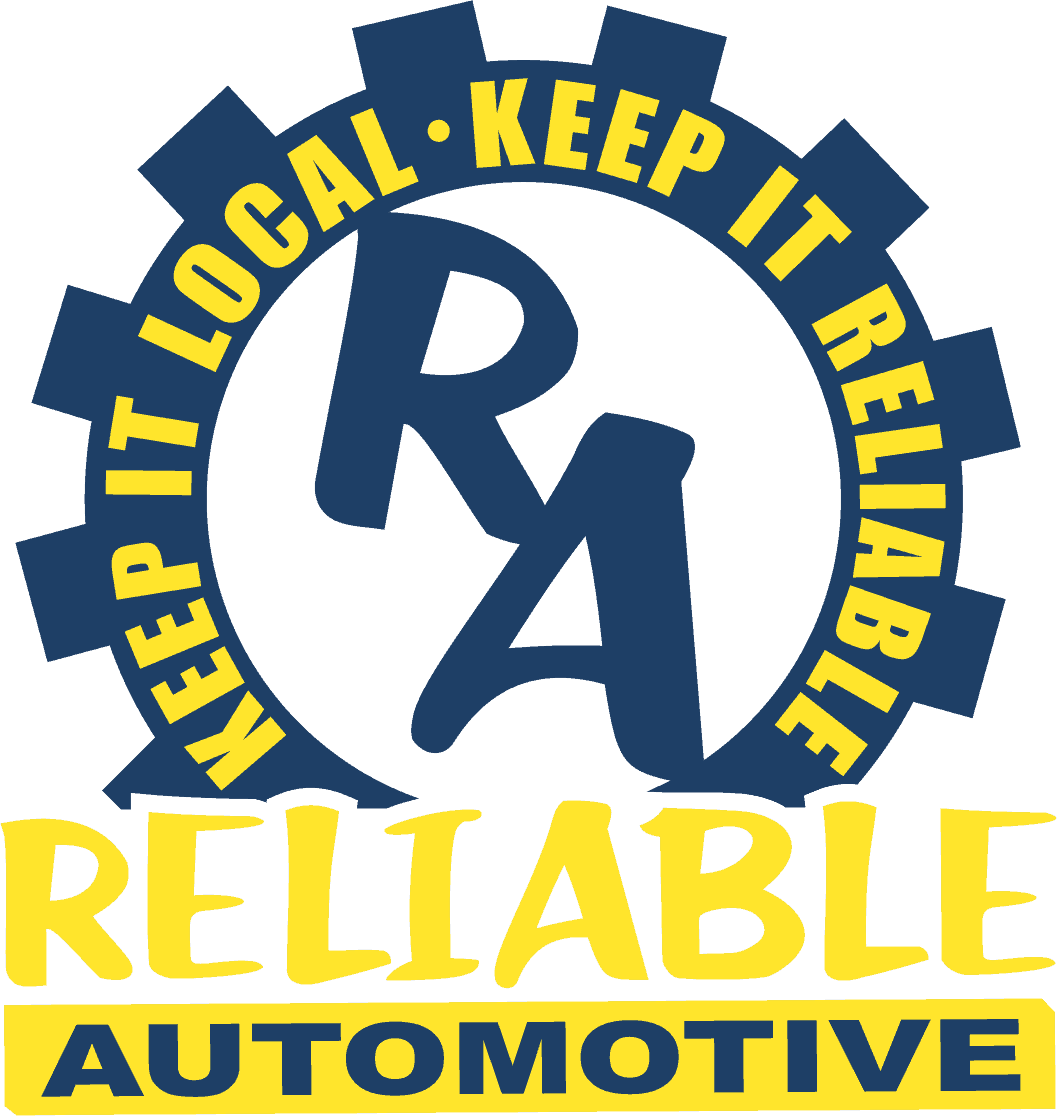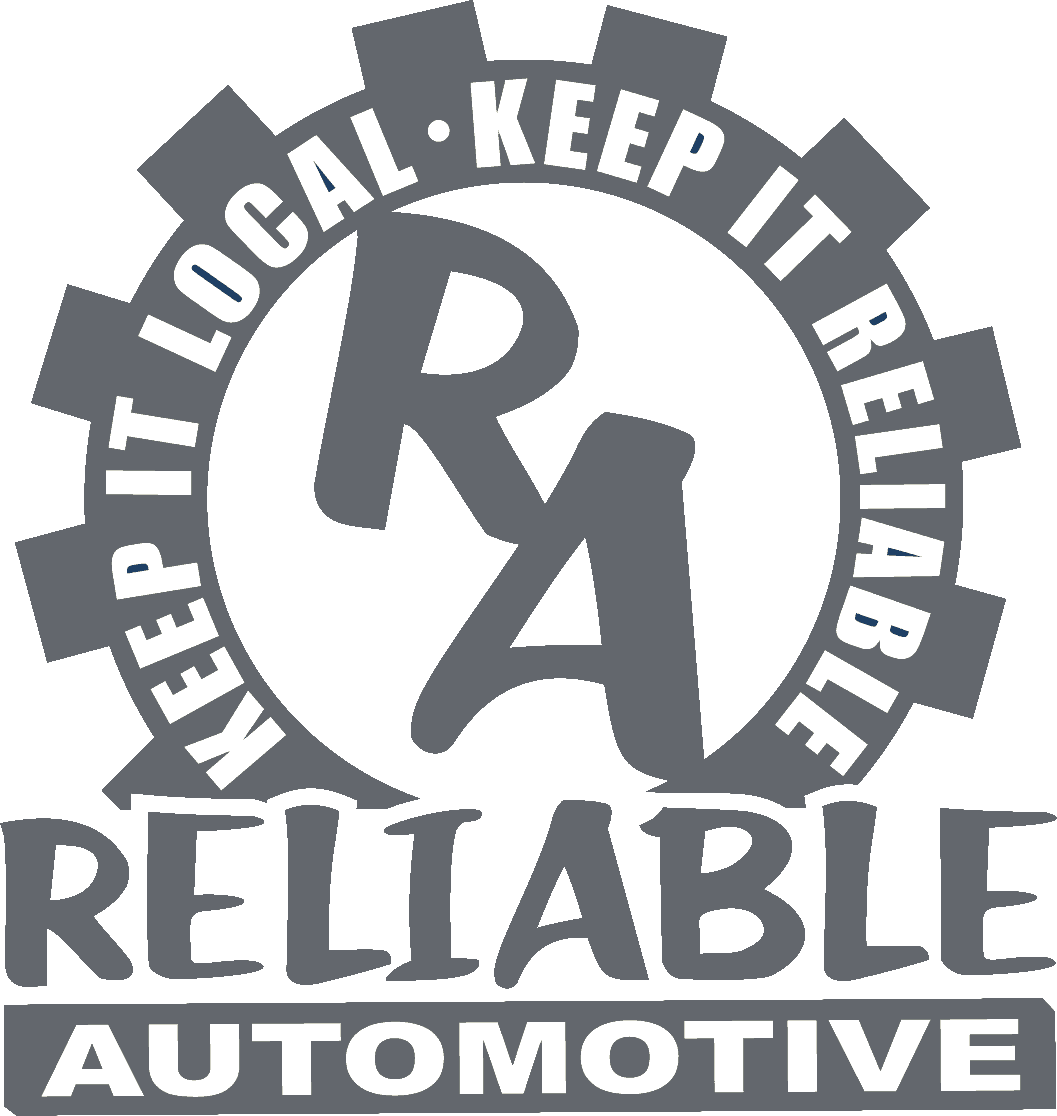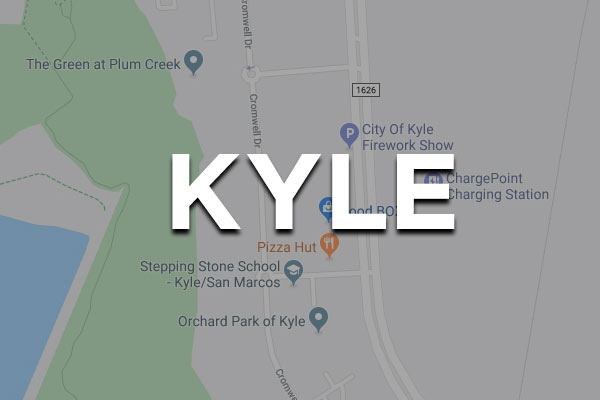
If you own or regularly drive a vehicle, there are a handful of skills, besides safe driving, that you will want to have. Anything can happen on the road, and even the most modern vehicles can malfunction unexpectedly. While having a mechanic that you trust is an important aspect of good car ownership, sometimes these malfunctions require a little on site assistance. The simple task of knowing how to jump your own vehicle can help save you a lot of time and money if you are ever caught with a bad battery.
Jump Methods
There are two common ways you can jump start your vehicle: using jumper cables or a power station jump starter. Both are really simple, and having the proper tools on hand for either should be as high a priority as having tire changing equipment. You never know when you might need it!
Jumper Cables
All you need to jump start a car are a set of jumper cables and a vehicle with a good battery.
- You will want to pull the helper vehicle close to the one with the dead battery. Take a look under the hood of each to see which side the battery is on and position the good battery as close to the dead one as possible. Parking hood to hood (with the cars facing each other) is the best option if possible.
- Before connecting either vehicle, make sure the both engines are off.
- The cables should have a red (+) handle and black (-) handle. A positive and negative sign should also be present and color coated on your battery. Red will always be positive.
- With both engines off, attach one red clamp from the cables to the positive side of the dead battery. You will place the clamp over what looks like a large metal bolt next to the (+) sign. Sometimes, this is located under a plastic cover which should be removed.
- Place the red (+) clamp on the other side of the jumper cables on the positive post of the good battery as well. When handling the cables attached to a live battery, do not let the positive and negative ends of the cables touch, as this will ignite a spark.
- On the good battery, place the black (-) clamp over the matching post on the other side of the battery.
- When you connect the other negative end of the cables, do not place the clamp on the dead battery’s post like you do on the good battery. Instead, attach the black (-) clamp to an unpainted metal part of the dead vehicle.
Now that the cables are attached to both vehicles, both red and black on the good battery and just the red on the bad battery with the remaining black end attached to clean metal, you can now start the engine of the healthy battery. - Don’t try and start the vehicle of the dead battery immediately. The amount of time you need to let the battery charge depends on the overall shape of the bad battery, but expect to leave it charging for 5 minutes at least.
- Start the engine with the dead battery. If the engine doesn’t turn over, try adjusting the cable clamps and let it sit a while longer. You might also try revving the engine of the helper vehicle to get the juices flowing.
- Disconnect the cables, being careful not to make contact with the positive and negative ends while they are attached to live batteries.
Power Station Jump Starter
The biggest benefit of having one of these jump boxes on hand, as opposed to jumper cables, is that you won’t find yourself in need of a second vehicle. If you are traveling alone, this can help you feel more safe because you won’t find yourself at the mercy of other motorists on the road. While these jump boxes are a little more expensive than a simple set of jumper cables, the convenience might be more ideal for your specific situation. If you decide to have one of these on hand, be sure that a regular part of your vehicle maintenance, along with changing your oil and rotating your tires, is charging your jump box so it is ready to go if you ever need it!






